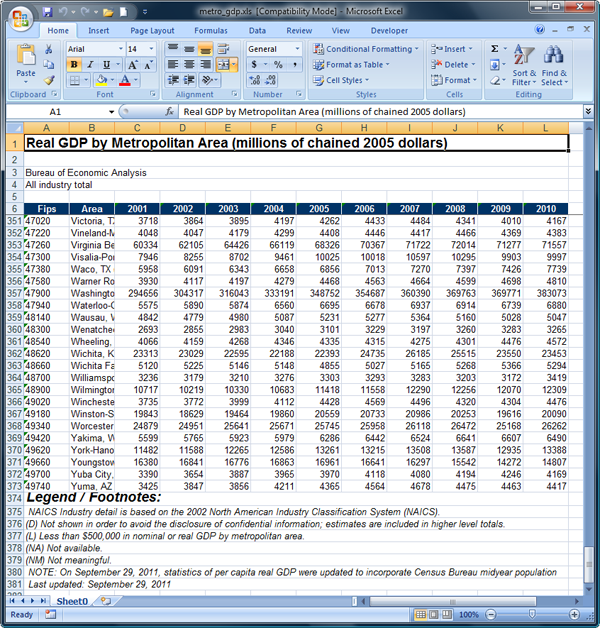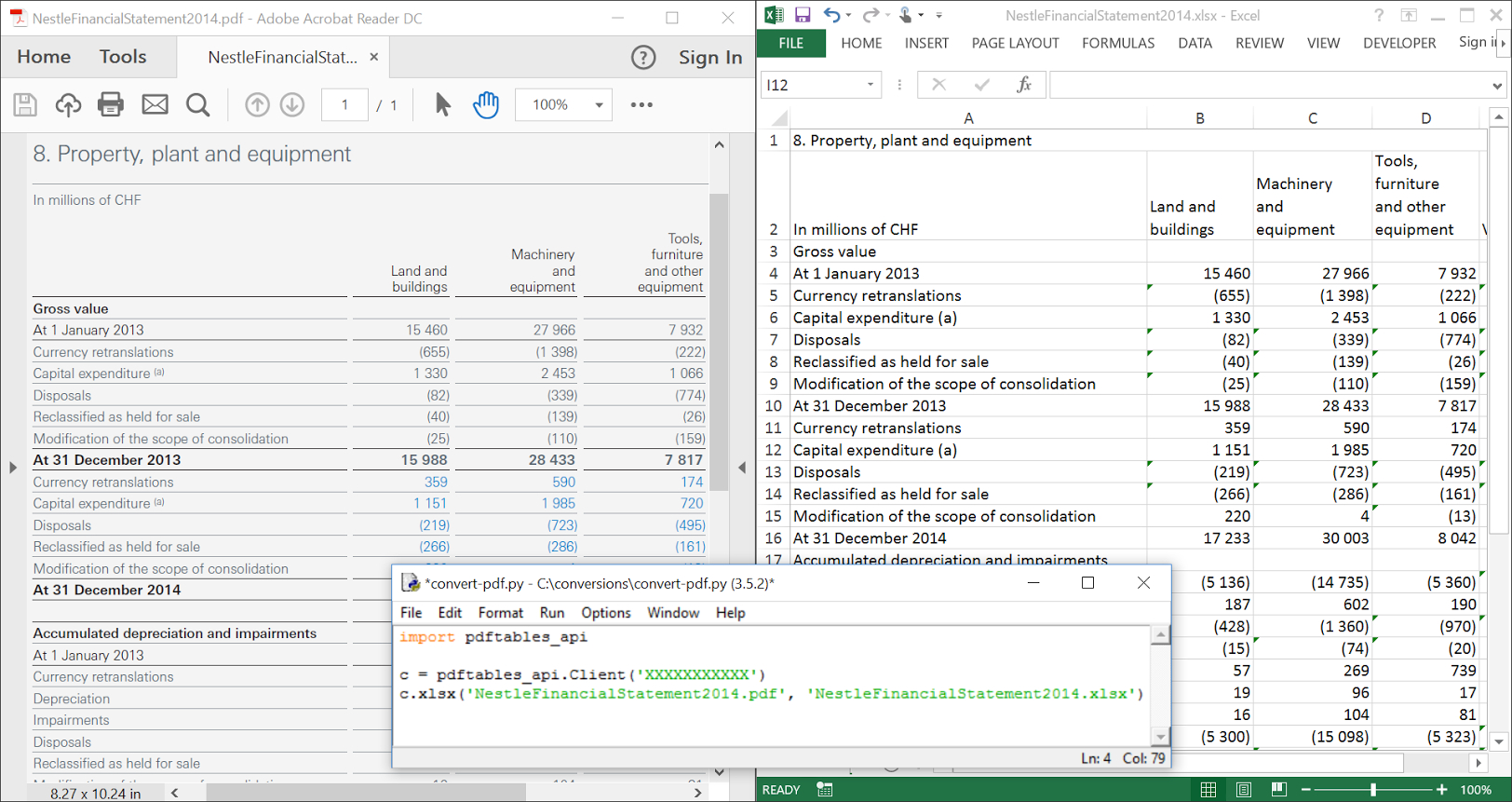Ace Tips About How To Avoid N A In Excel

Fixing the #n/a error using the iferror function.
How to avoid n a in excel. #replace #n/a with zero =iferror (formula, 0) #replace. You can use the following basic syntax to replace #n/a values in excel with either zeros or blanks: So, choose cell c12 and insert the formula.
To hide the #n/a error that vlookup returns when it can't find a lookup value, you can use the ifna function to catch the error and return any value you like. #n/a means “not available”. But in order to prevent the #n/a!
The most simple form to use it is: The syntax for the ifs function is: Excel formulas usually return this in situations where a requested value could not be found for some reason.
Fixing the #n/a error using the ifna function. Either make sure that the lookup value exists in the source data, or use an error handler such as iferror in the formula. I suggest to use an error handler.
Techniques to disregard n/a values in a sum calculation include utilizing the sumif function to ignore them and applying the sumifs function to exclude them. What is a #n/a error in excel? Select the cell or range of cells where the #n/a errors are appearing.
Also, verify if the cells are formatted as correct data types. To remove unexpected characters or hidden spaces, use the clean or trim function, respectively. Here's how to do it:
Here they are: Error when something is not found, you used to have to do the vlookup twice: =averageif (c5:c10, >=0) then, hit the enter button.
For example, =iferror (formula (),0),. To avoid this, we are using the averageif function. Input the following formula in c1:
You can always ask an expert in the excel. The on error goto statement instructs excel to jump to a different code line if an error occurs. One of the most common causes of the #n/a error code is the vlookup function.
Methods to ignore n/a values in a sum include using the sumif function, utilizing the sumifs function, and implementing the if function with the sum function.


















